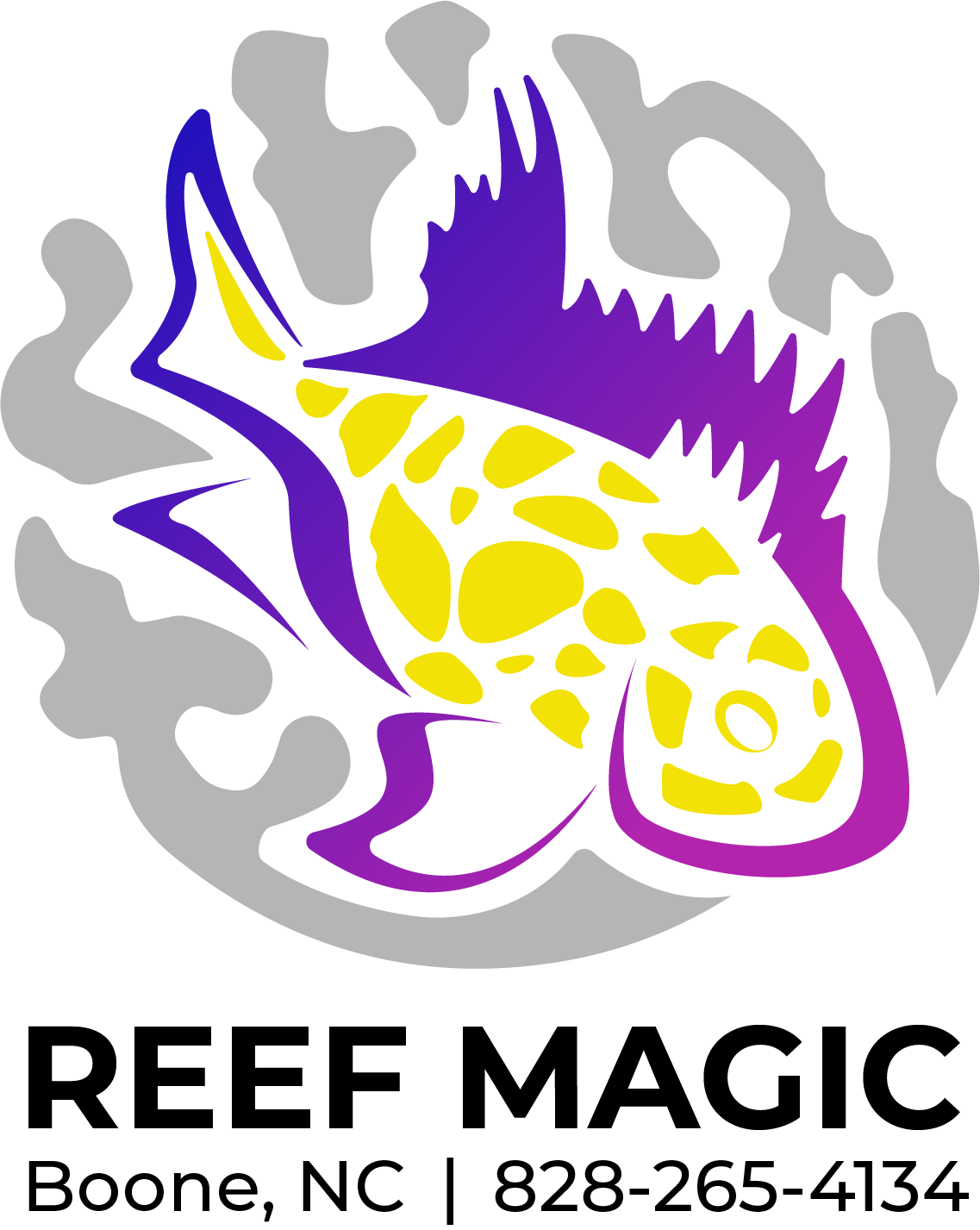 Image 1 of 1
Image 1 of 1


Puffer - Porcupine
Species Overview: The Porcupine Puffer is a member of the Diodontidae family and is found in warm oceans around the world. It is known for its ability to inflate its body when threatened, which causes its spines to stand erect, making it appear larger.
Aquarium Setup:
Tank Size: A larger tank is necessary for a Porcupine Puffer due to its potential size. A tank with a capacity of 75 gallons or more is recommended.
Water Quality: Maintain stable water parameters including temperature (72-80°F or 22-27°C), salinity (1.020-1.025 specific gravity), pH (8.1-8.4), and low ammonia, nitrite, and nitrate levels.
Tank Decor: Provide ample hiding spots and structures to explore. Porcupine Puffers may rearrange tank decor, so ensure that items are securely placed.
Feeding:
Diet: Porcupine Puffers are carnivorous and have strong jaws designed for crushing hard-shelled prey. Offer a varied diet including marine fish, crustaceans, mollusks, and other meaty foods.
Feeding Frequency: Feed them a few times a day with portions that they can consume within a few minutes.
Behavior:
Inflation: Porcupine Puffers have the ability to inflate their bodies as a defense mechanism. While this can be fascinating to observe, avoid stressing the fish to the point of inflation, as it can cause harm.
Solitary Nature: Porcupine Puffers are generally solitary and should be kept individually. They may become aggressive towards their own kind or similar-looking fish.
Compatibility:
Tankmates: Due to their solitary nature and potential territorial behavior, it's best to keep Porcupine Puffers in a species-specific tank or with other large, aggressive fish that won't be intimidated by their presence.
Maintenance:
Water Changes: Regular water changes are crucial for maintaining water quality and removing excess nutrients.
Observation: Regularly observe the fish for signs of disease, stress, or abnormal behavior.
Species Overview: The Porcupine Puffer is a member of the Diodontidae family and is found in warm oceans around the world. It is known for its ability to inflate its body when threatened, which causes its spines to stand erect, making it appear larger.
Aquarium Setup:
Tank Size: A larger tank is necessary for a Porcupine Puffer due to its potential size. A tank with a capacity of 75 gallons or more is recommended.
Water Quality: Maintain stable water parameters including temperature (72-80°F or 22-27°C), salinity (1.020-1.025 specific gravity), pH (8.1-8.4), and low ammonia, nitrite, and nitrate levels.
Tank Decor: Provide ample hiding spots and structures to explore. Porcupine Puffers may rearrange tank decor, so ensure that items are securely placed.
Feeding:
Diet: Porcupine Puffers are carnivorous and have strong jaws designed for crushing hard-shelled prey. Offer a varied diet including marine fish, crustaceans, mollusks, and other meaty foods.
Feeding Frequency: Feed them a few times a day with portions that they can consume within a few minutes.
Behavior:
Inflation: Porcupine Puffers have the ability to inflate their bodies as a defense mechanism. While this can be fascinating to observe, avoid stressing the fish to the point of inflation, as it can cause harm.
Solitary Nature: Porcupine Puffers are generally solitary and should be kept individually. They may become aggressive towards their own kind or similar-looking fish.
Compatibility:
Tankmates: Due to their solitary nature and potential territorial behavior, it's best to keep Porcupine Puffers in a species-specific tank or with other large, aggressive fish that won't be intimidated by their presence.
Maintenance:
Water Changes: Regular water changes are crucial for maintaining water quality and removing excess nutrients.
Observation: Regularly observe the fish for signs of disease, stress, or abnormal behavior.






